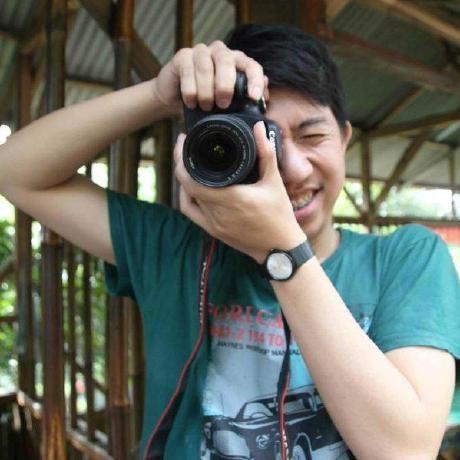Reconstructing Images using Convolutional Auto-Encoder (ConvAE)
- 0 Collaborators
In this project, Convolutional Auto Encoder is used to reconstruct Japanese Handwritten Images. ...learn more
Overview / Usage
Research in handwritten recognition in particular language has become a benchmark in deep learning area. Surprisingly, not many researches discusses about how to reconstruct particular handwritten character images. Convolutional Auto-encoder neural network (ConvAE) is unsupervised learning that can be trained using gradient descent method to address a problem learning without a teacher. In this project, ConvAE is used as a model to reconstruct the image of Japanese handwritten character.
This project used ETL Character Database by National Institute of Advanced Industrial Science and Technology obtained from http://etlcdb.db.aist.go.jp. We obtained 60000 Japanese handwritten images with size each images are 256 x 256 pixels.
The training data separated into mini-batch and forwarding into network architecture using feed forward network. The training process uses Gradient Descent algorithm. Loss function between reconstructed image 𝑦𝑝𝑟𝑒𝑑𝑖𝑐𝑡 and target image 𝑦𝑡𝑟𝑢𝑒 is computed using cross entropy.
In the experiments, 40.000 handwritten images are used as training set, 10.000 handwritten images are used as validation set and 5.000 handwritten images are used as testing set. The architecture of GPU is CUDA which support to our programming library.
The result, training handwritten images using ConvAE in GPU for every epoch requires 13 second and took 2 minutes and 10 second for whole process. Meanwhile for comparison, training handwritten images using ConvAE in CPU requires 3 minutes and 32 second and 35 minutes for whole process.


